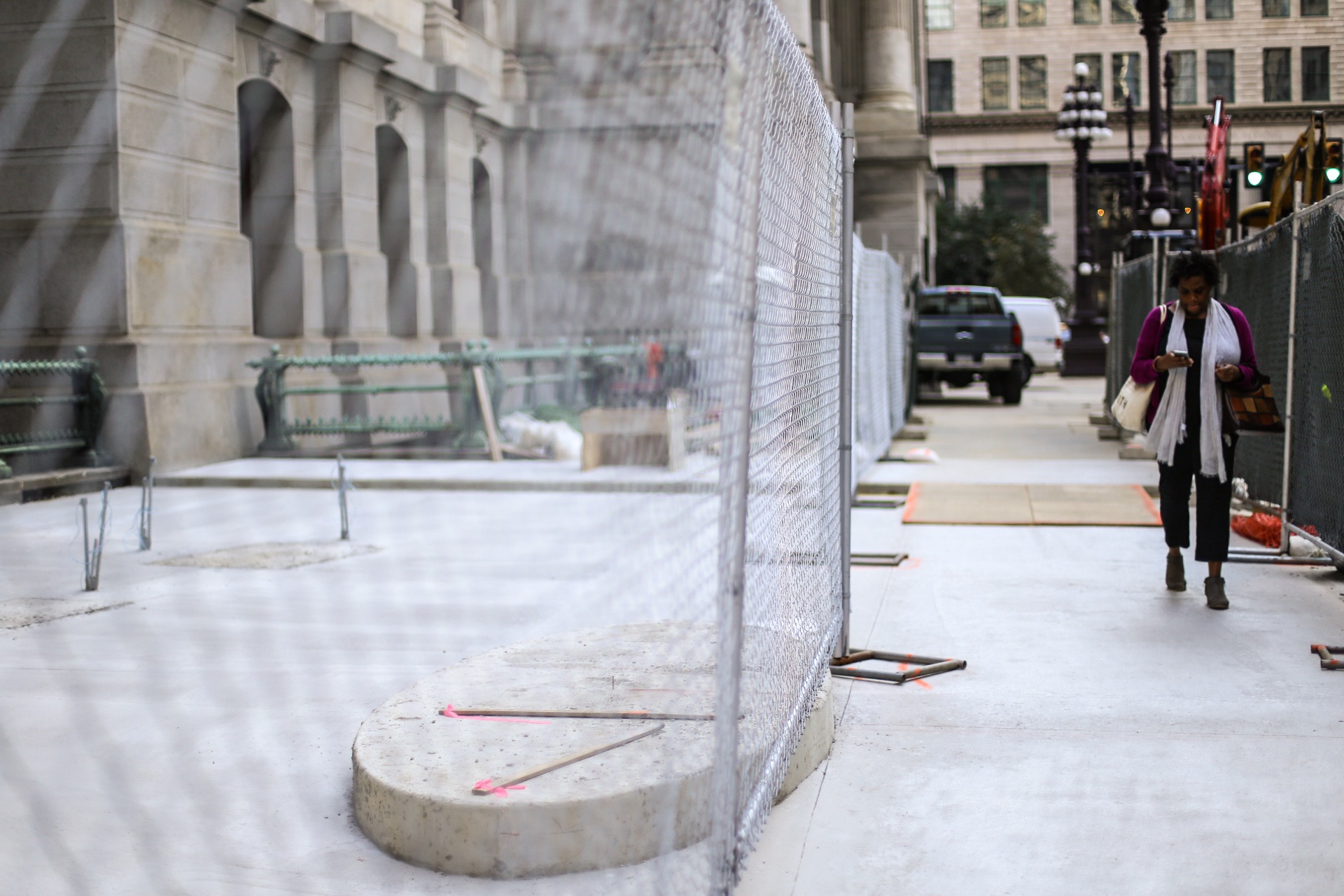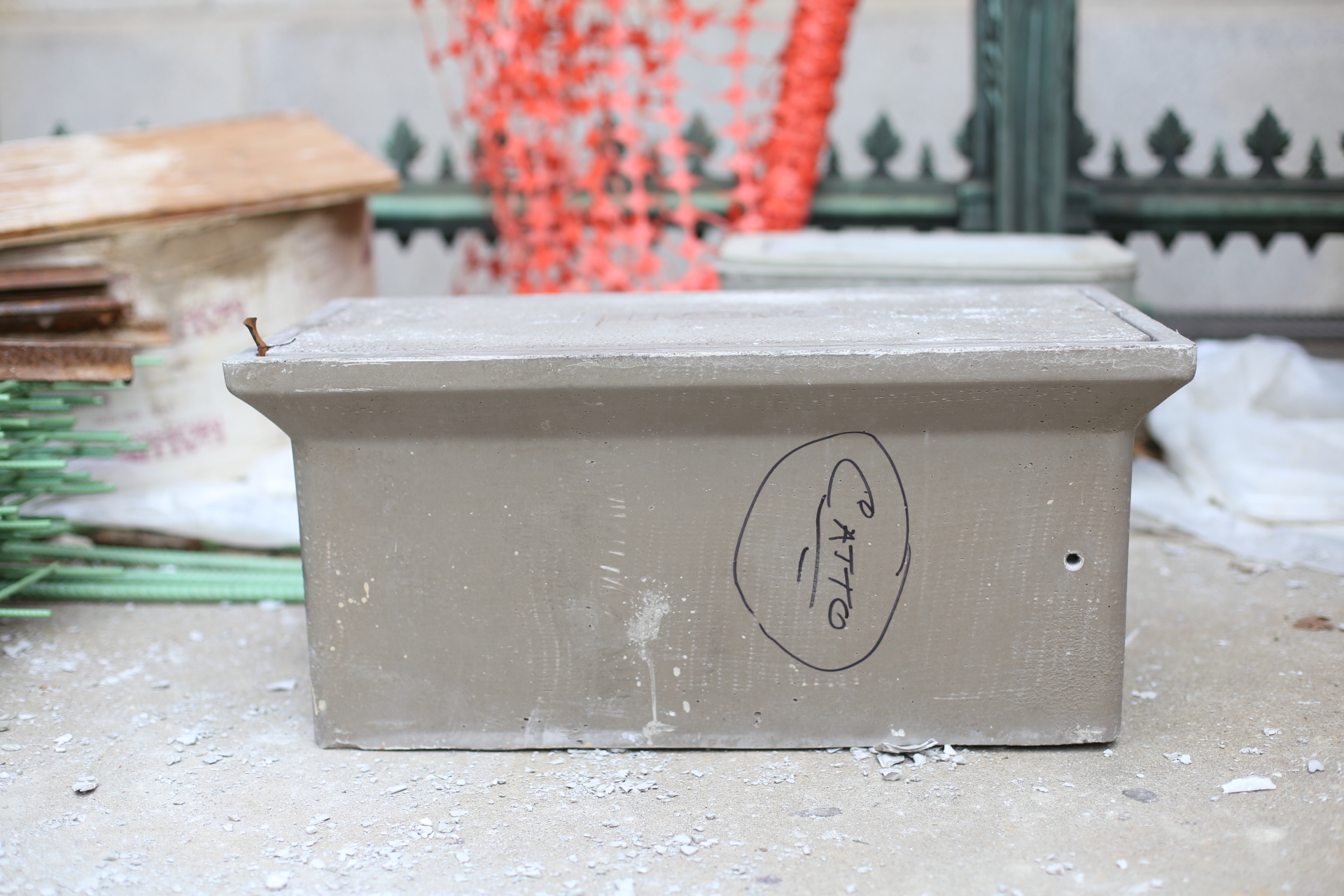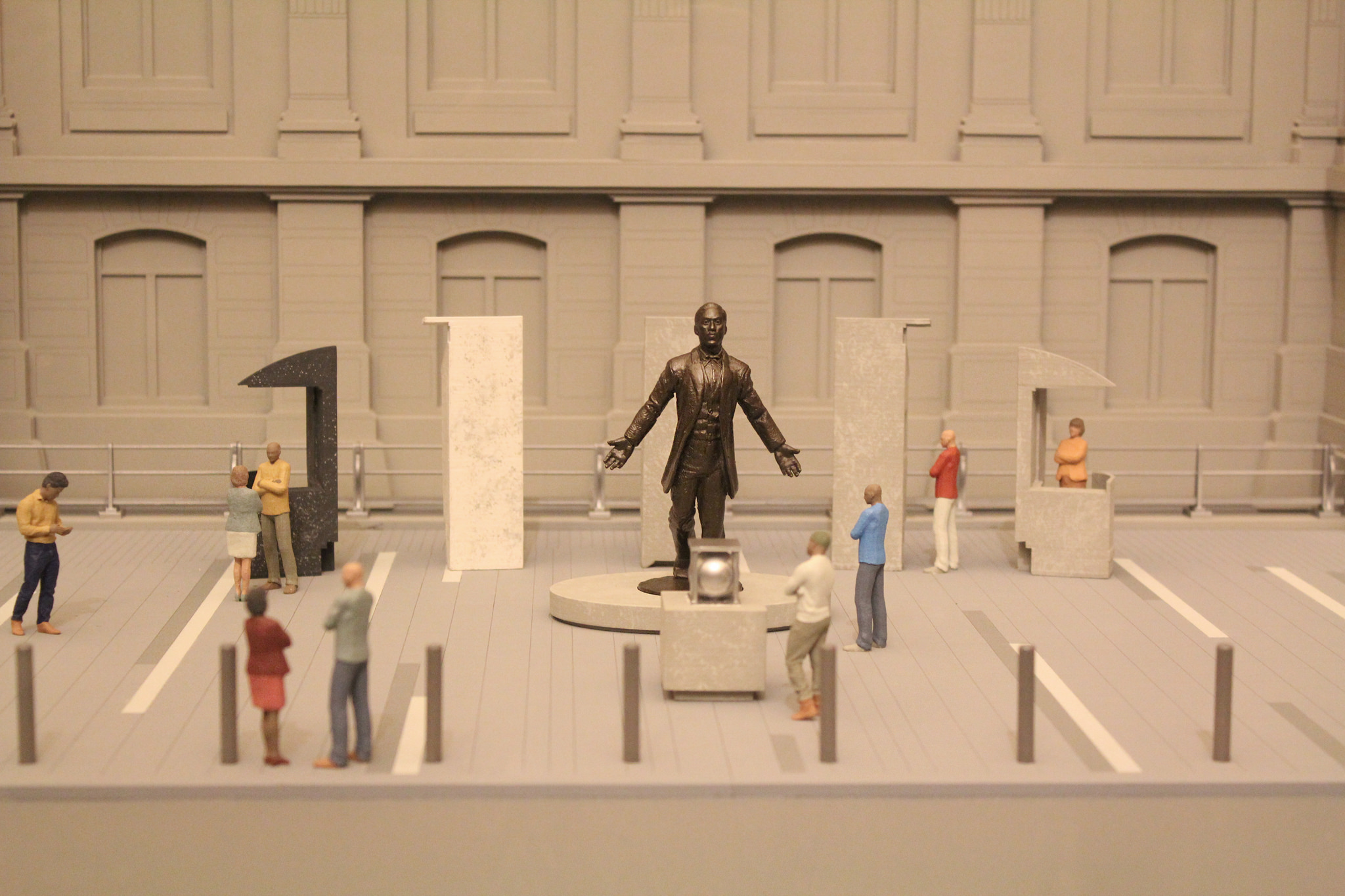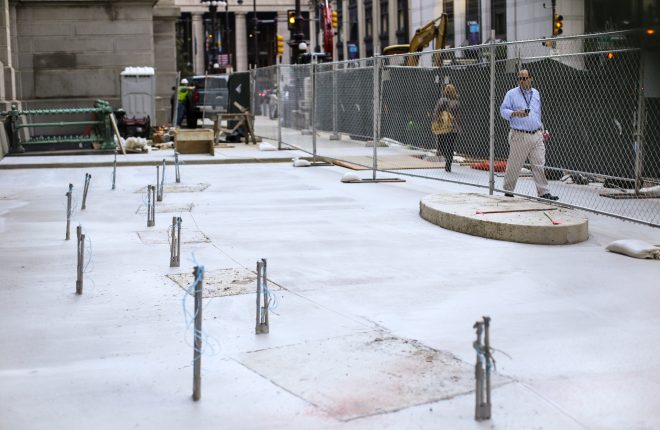Blog By Geoffrey Lareau

If you’ve walked by City Hall recently, you might’ve noticed a construction zone fenced off near the building’s southwest corner. Come Fall 2017, it’s where a local historical icon will finally get the recognition he deserves.
“I look around City Hall, and certainly the people memorialized, there are important people, but there is a space left, and that space belongs to Octavius Catto” explains Mayor Jim Kenney. “He was the Dr. King and Jackie Robinson of his age.”
Though he’s one of Philadelphia’s hometown heroes, Catto, is often overlooked in history books. Catto was an educator, an athlete, a major in the Pennsylvania National Guard, and a civil rights activist who worked to integrate Philadelphia and fought for voter rights for African Americans.
He was a member of civil, political, and literary groups, while actively recruiting African Americans to the military, too.

The parallels between King and Catto are close in another, tragic way: Like King, he died at the hands of an assassin.
The first major election in Philadelphia after the passing of the 15th amendment occurred on October 10, 1871. A colleague of Catto’s, prominent 19th century Philadelphian William Bolivar, said Catto cast his ballot; others say Catto was on his way to vote when he was killed.
As the day went on, violence increased throughout the city as people tried to prevent African Americans from voting. At the intersection of 9th and South streets, Catto was confronted by a man. He was shot three times and died in front of a streetcar filled with white people and people of color — five years after he worked to successfully integrate streetcars in Philadelphia.

He was only 32.
Once built, the statue will pay homage to Catto’s accomplishments — and ensure his efforts to expand voting rights for African Americans will never be forgotten. It will also be the first statue devoted to a single African American individual on Philadelphia public property.
“The fact that it’s on public space is significant,” the Mayor says. “It’s finally acknowledging what this man did and what other people did to make the city, state, country great.”
The memorial will also include a granite representation of an 1860s horse-car and a mid-19th century ballot box along with the statue of Catto. Both will be engraved with details about Catto’s life.
The memorial is expected to be completed in Fall of 2017.

